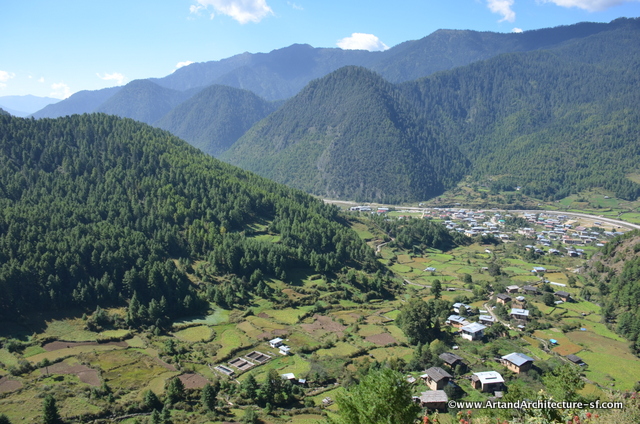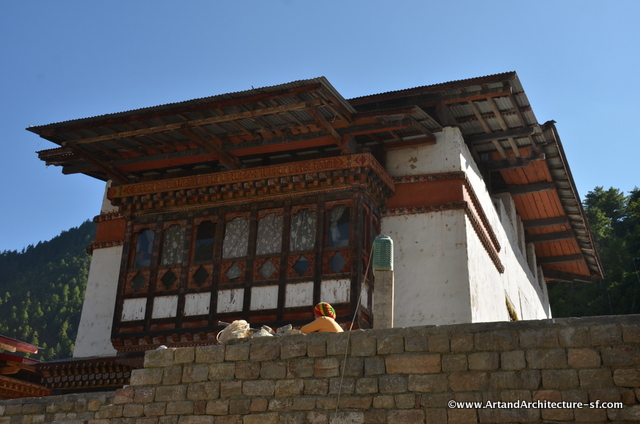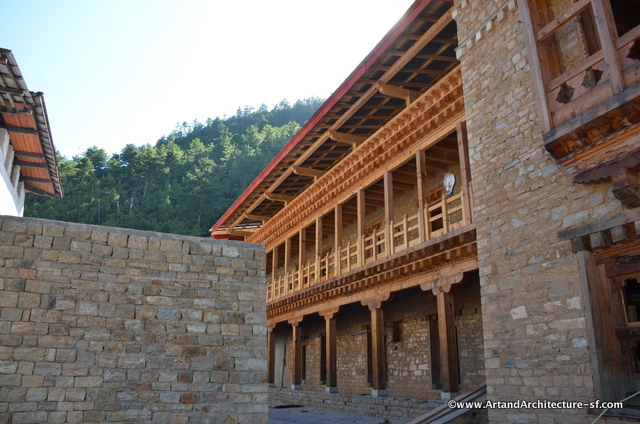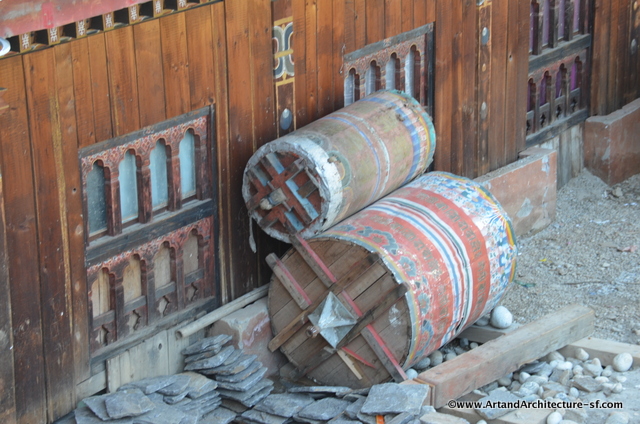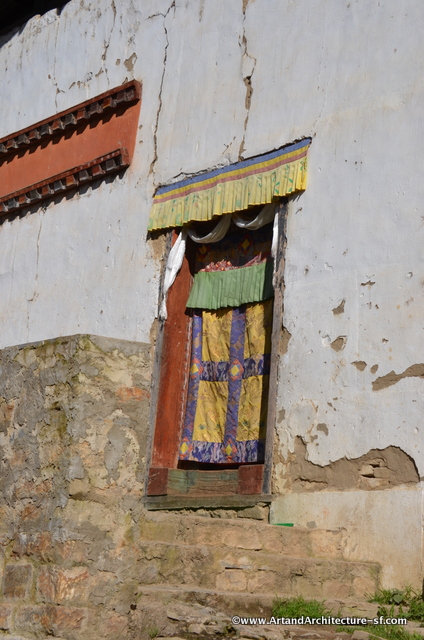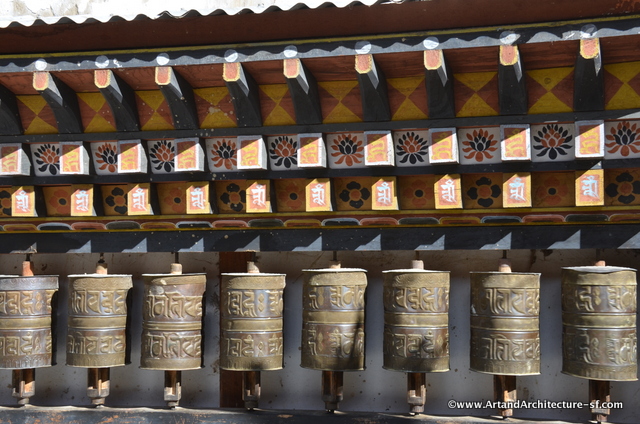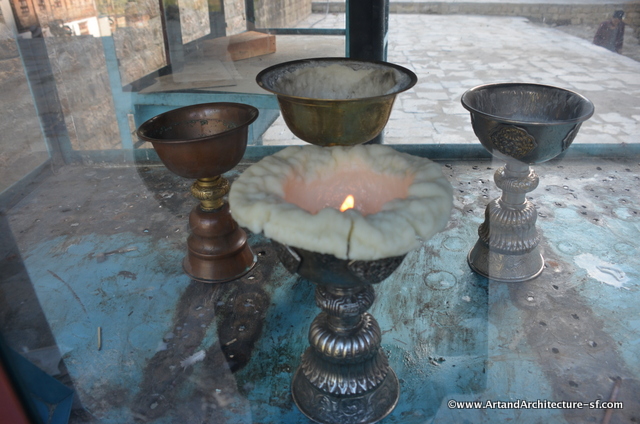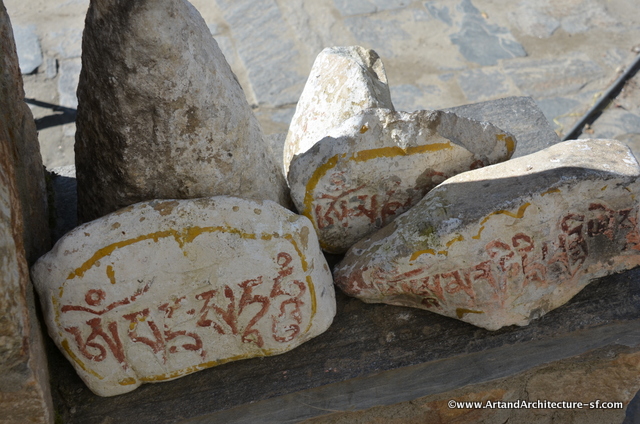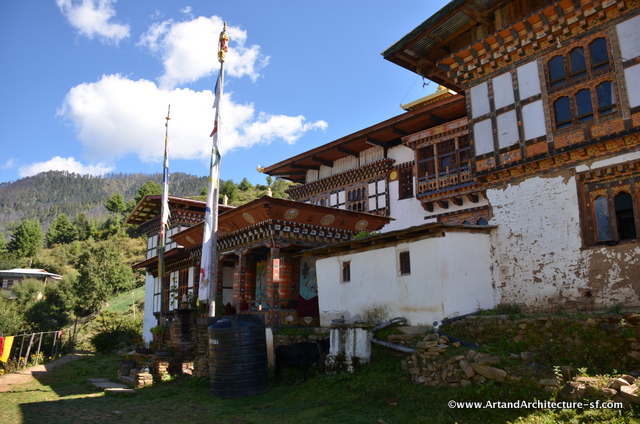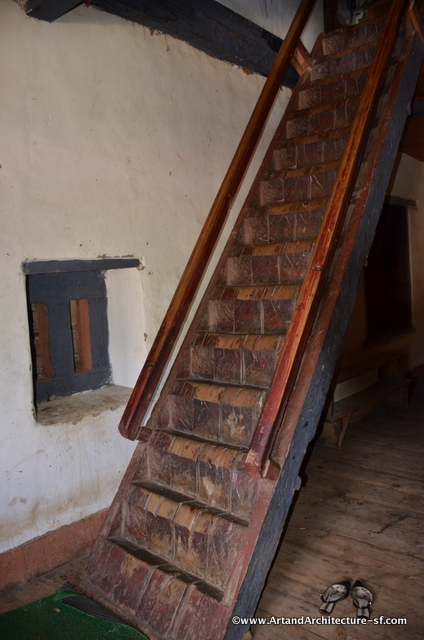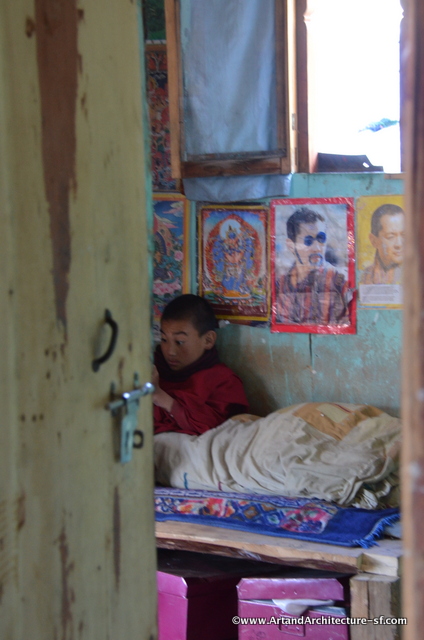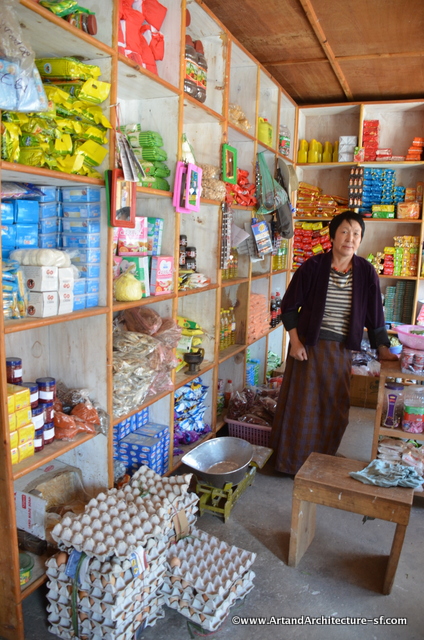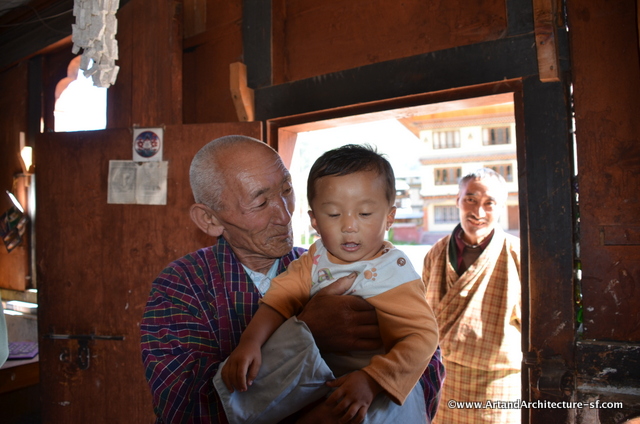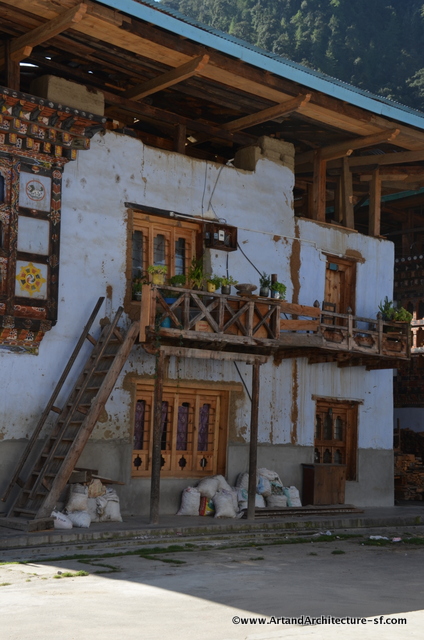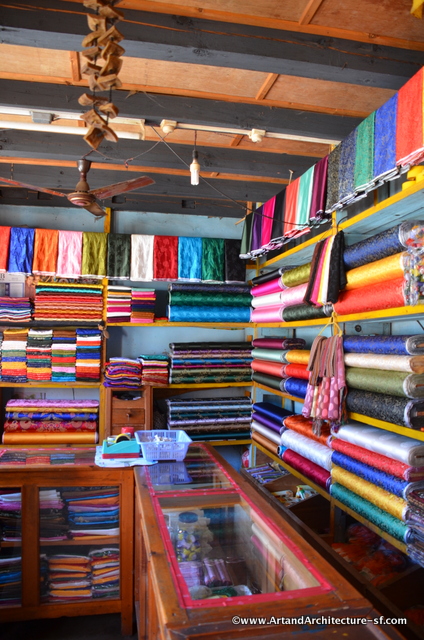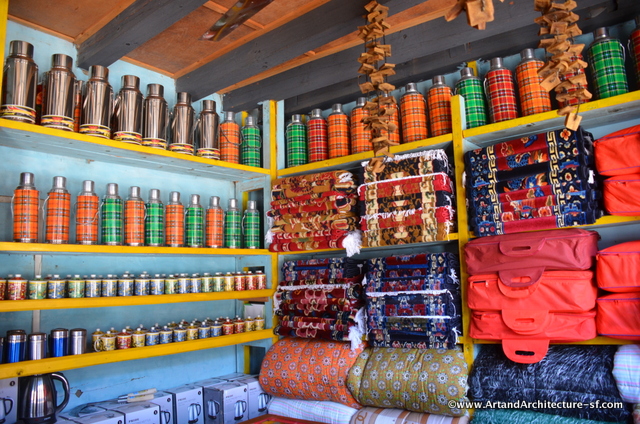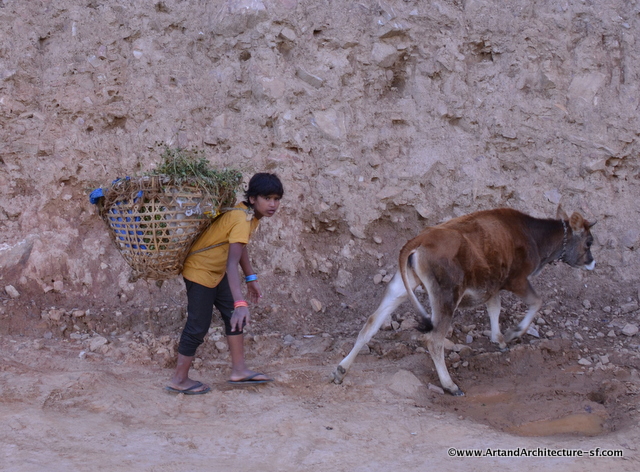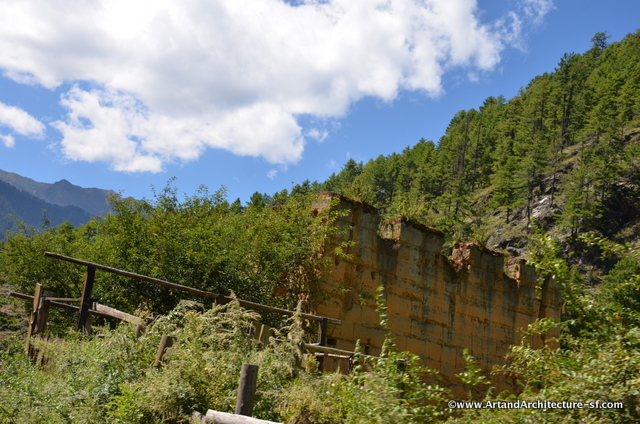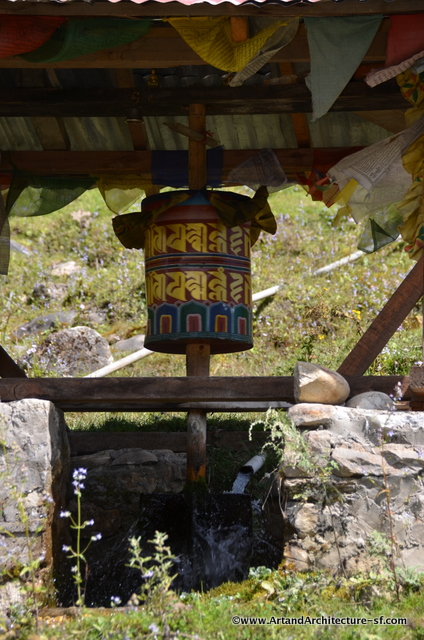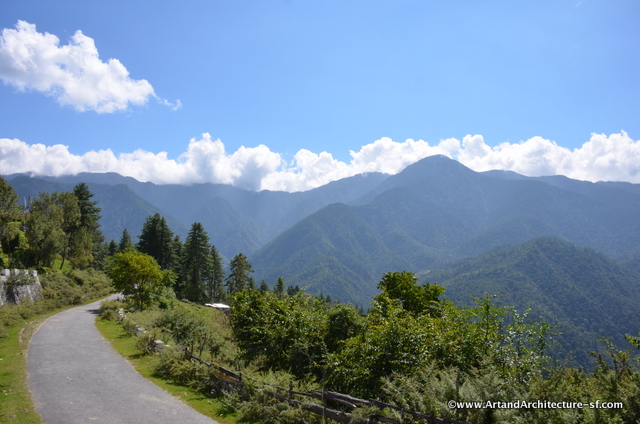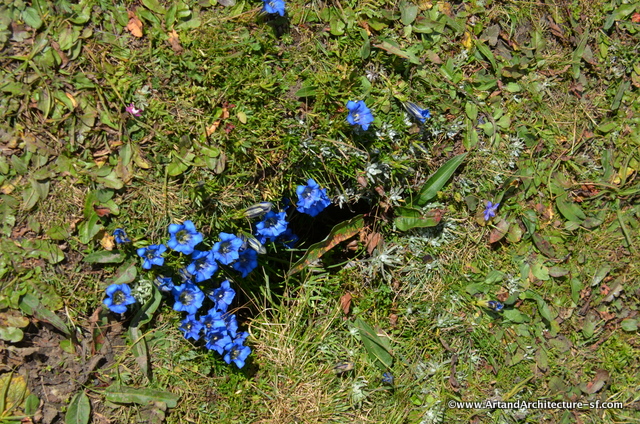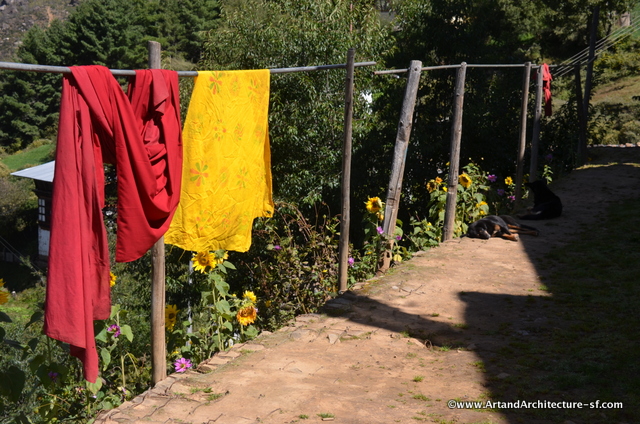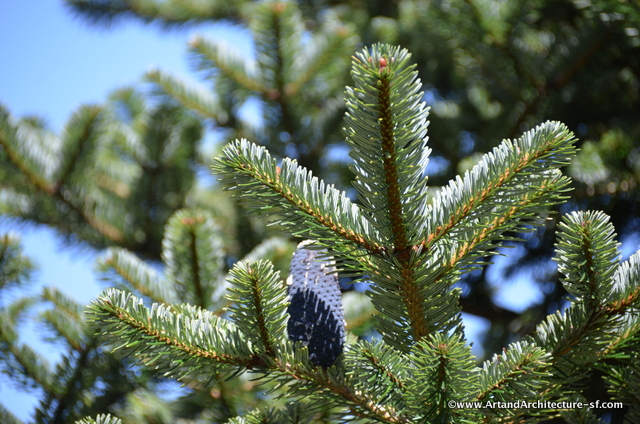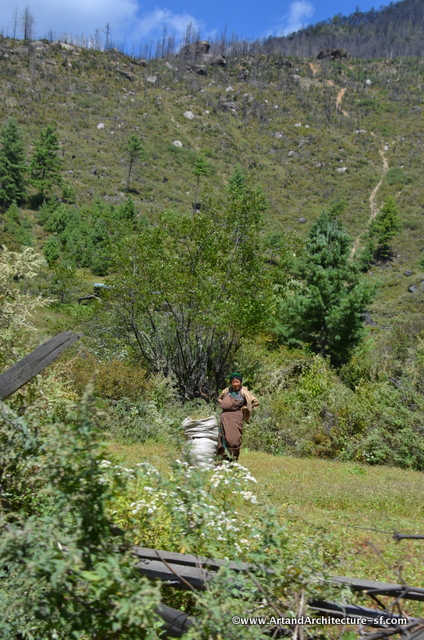Haa, Bhutan
September 2015
The Haa valley was not opened to tourism until 2002, it is the home of the Queen Grandmother, and is a culturally rich, and very lush valley developed around the Haa Chu (river).
Two of the most visited sites are the 7th century Lhakhang Karpo (White temple) and Lhakhang Nagpo (Black temple) at the foothills of a venerated three brotherly mountains known as Meri Puensum.
The two temples were established by Tibetan king Songtsen Gempo in his mission to build 108 monasteries in one day. According to legend, a black and white pigeon were released to select sites to build the temples. The temple was named Karpo (white) as it was built on the site where the white pigeon landed.
The White Temple is the site of Summer Festival, the center square is being rebuilt and there is a new monastic school also being erected.
Sites from the White Temple:
The temple was named Nagpo (black) as it was built on the site where the black pigeon landed. The temple was purportedly built on a lake, there is a small opening in the floor of the temple that lets you peek at what once was the underground lake. Lhakhang Nagpo serves as the seat for the guardian deity Da Do Chen. The principal relic of the monastery is the Choe-Lung-truel Sum.
The town is about two blocks long, and the people could not be friendlier.
*
*
Many farm houses throughout Bhutan were once made of rammed mud. Often the house and the area around it will be abandoned if the home burns, or other event cause it to be forgotten. A new home will not be built in the same spot as it is considered inauspicious.
Thanks to the many running rivers and streams of Bhutan, water driven prayer wheels are very common. This one in the Haa Valley lets you see exactly how they work. The prayers benefit the person that builds the wheel, but also all people that enjoy the water the prayers are running in.
